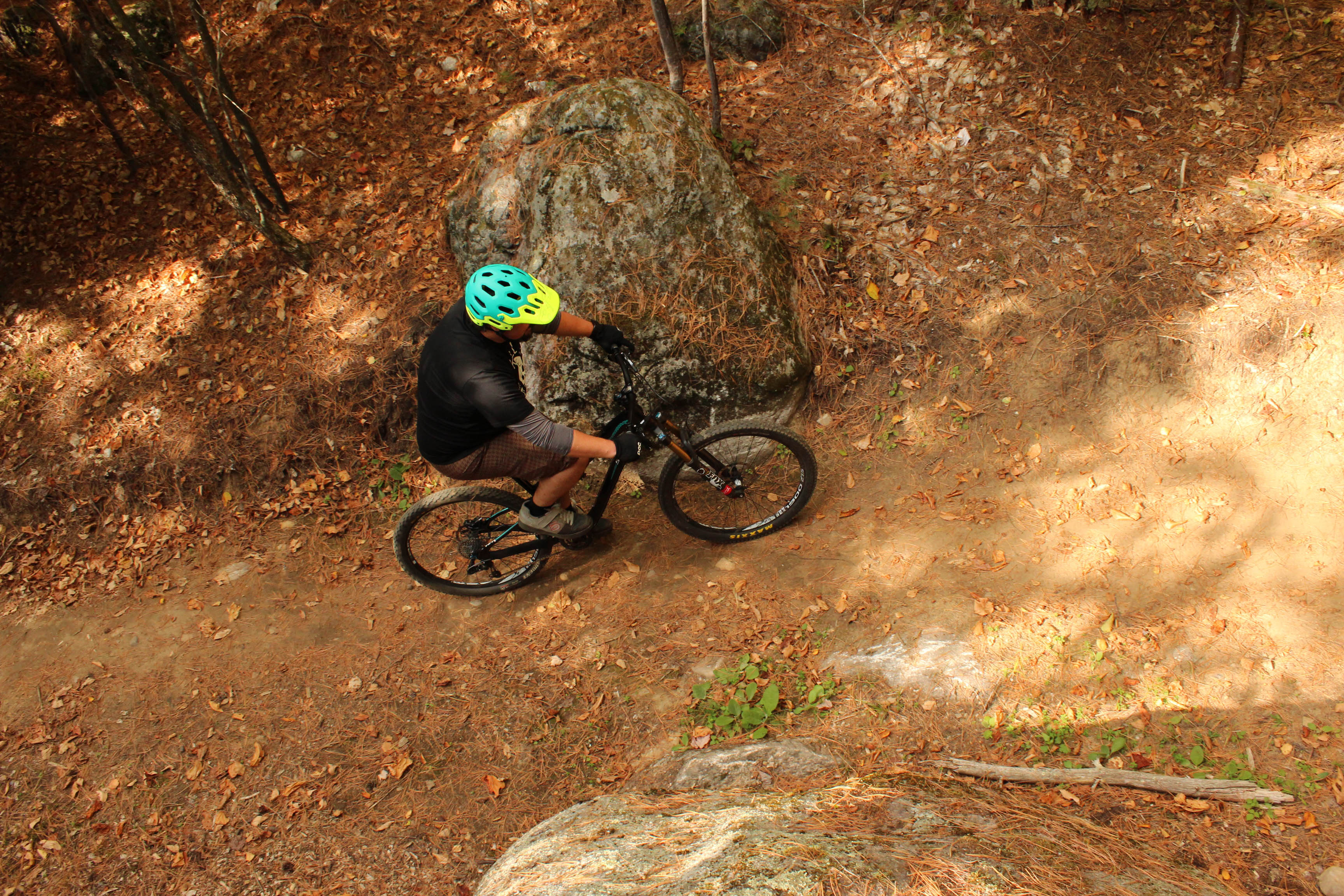
Over the past few years, mountain biking has emerged as the go-to summer activity in the Whiteface Region. Thanks to the work of the Barkeater Trails Alliance (BETA), state Department of Environmental Conservation, and dozens of volunteers, miles of trails designed for knobby tires have been created and are being maintained in the area. There are stand-alone routes, like the fast and fun Poor Man’s Downhill, and there are two trail networks — Hardy Road/Beaver Brook and the Flume — that provide terrain and features for a range of skill levels, from first-time riders to thrill seeking experts.
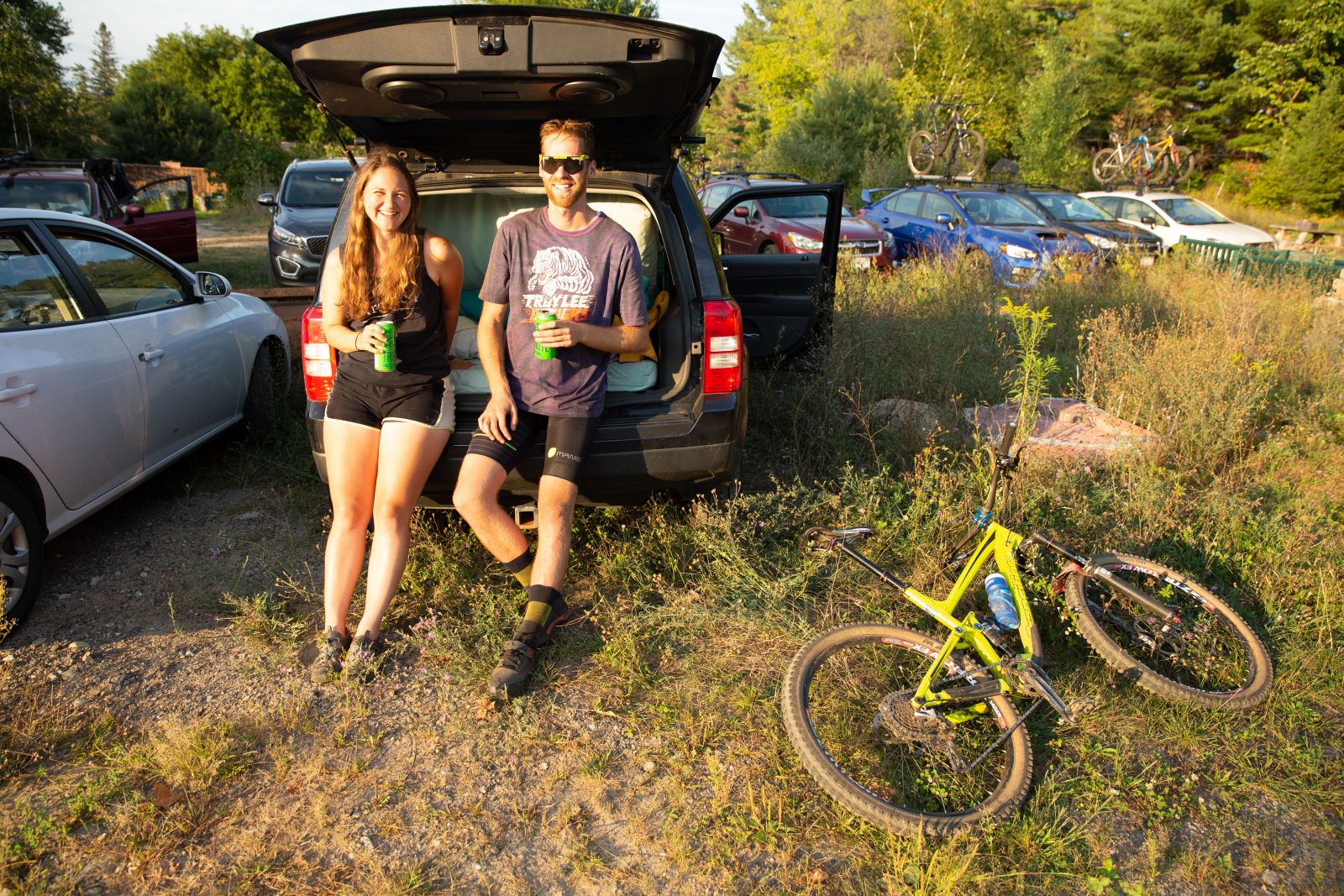
To build a trail
Anyone who has seen a trail crew in action knows it isn’t easy to make a path through the woods. Wet areas must be avoided or stabilized, mini-boulders are rolled into place, bridges are built, and debris is cleared to make a hard surface that is not only a blast to ride on, but can also withstand being ridden on.
Even with all of that work, a trail is never really finished — it has to be maintained and monitored. Sometimes there aren’t issues, but other times an entire section has to be re-routed. One of the biggest problems trails and the crews who make them face is erosion, but the good news is that’s something everyone can help prevent.
BETA Executive Director Josh Wilson said it’s simple: Know when a trail is too muddy to ride and be willing to change your plans. 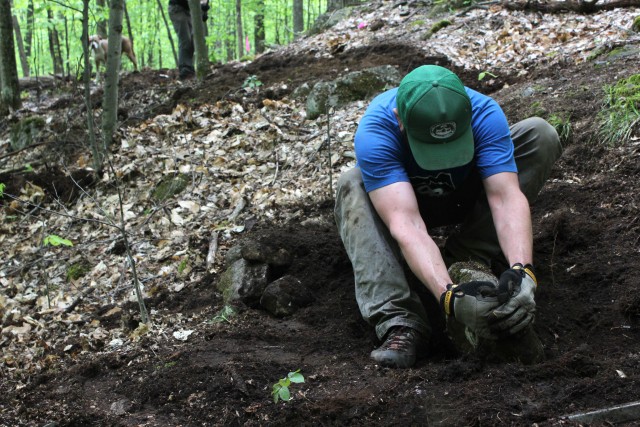
“When planning your ride, especially in the springtime when things tend to be muddy, don’t just assume that everything is good. Check conditions and be flexible,” Josh said. “If you have your heart set on riding at the Flume and then you get to the Flume and it’s a disaster, have the willpower to turn around and go somewhere else.”
Just like the weather, trail conditions in the Adirondacks change from one hour to the next. Spring is particularly unstable, as water from melting snow and ice combines with rainfall, making trails extra soggy. The mud isn’t just unpleasant to ride through; it’s soft and therefore highly susceptible to damage. As people ride through the mud, soil gets displaced and a number of things happen. The soil gets pushed out of the main path, where it washes away easier. Tire tracks become trenches, which freeze and harden in the winter leaving bumpy, uneven surfaces for the following year. And as a trail gets messier, people try to avoid the mud by going around it, which widens the trail and damages nearby vegetation.
It's all about the mud
The best time to ride varies from year to year, so Josh recommends checking condition reports and the weather — if it’s been raining for a week, you might want to postpone your ride. Staff at local bike shops and BETA are also great resources. But even if all signs point to ride, knowing when to turn around while you’re on the trail is huge.
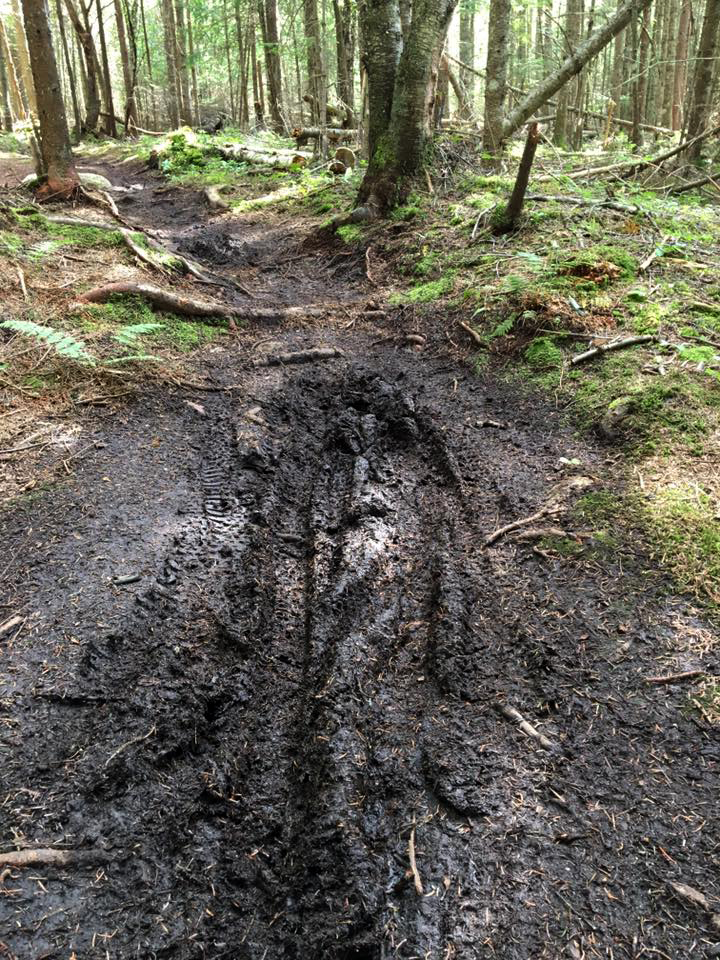
“If the trail is otherwise fun but has a few muddy sections, that’s OK, but if your tires are sinking into the trail and you’re leaving ruts, it’s too muddy and you shouldn’t be riding,” Josh said.
While there are no guarantees that any trail will be ready by April, Josh said the Beaver Brook/Hardy Road network is a good choice for early season riding because it dries out faster than some of the other trail networks.
Ride with pride
Josh said the best way to give back to the trails is to support the organizations that make them. BETA hosts trail work days all summer. Consider volunteering for one — you’ll meet fellow riders and if you do a Dig to Ride day, you’ll work a half day then go riding on the trails you worked on.
“A lot of people traveling here who are avid riders are likely active to some degree on their home trails, so they understand the work that goes into it. We have people who only visit a couple times a year come out for a volunteer day while they’re visiting.”
Check out the volunteer page on BETA’s website or follow BETA on social media to learn more about volunteering. Also take a look at the six rules below for some basic guidelines on trail etiquette.
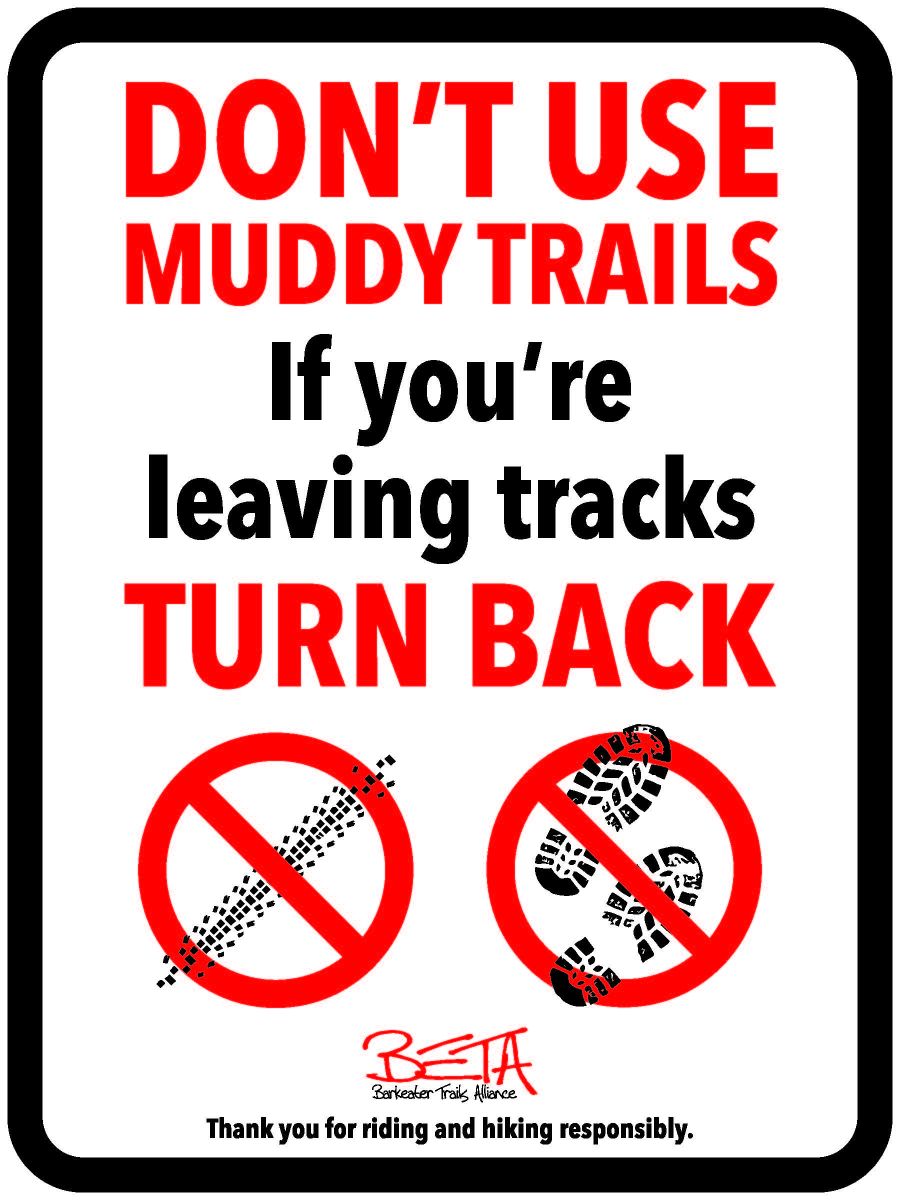
Basic rules of the trail
1. Avoid muddy trails
This is described in detail above, but it’s worth repeating: If your tires are sinking into the mud and leaving ruts, the trail is too muddy to ride on.
2. Follow Leave No Trace principles
The seven Leave No Trace principles apply to all outdoor recreation, including mountain biking. Get to know them before your next adventure!
3. Only ride on designated mountain biking trails
There are several designations for public land in the Adirondacks, and each dictates what can and can't be done there. To avoid any hassles, and to spend more time on the trail than online doing research, a good rule of thumb is to stick to trails that were designed with mountain biking in mind. Visit BETA's website or speak to staff at local gear shops to learn more.
4. Ride under control
Adirondack mountain biking trails are also used by hikers. Have fun, but do it in a way that’s not a danger to yourself or others.
5. Plan ahead and set out prepared
Get information, buy maps, and know where you’re going before setting out. Josh said the TrailForks app is a great resource.
6. Respect the animals
Quite simply, if you see wildlife don’t harass it.
No mountain biking adventure would be complete without a hearty meal, a cold beer, and a comfy bed at the end of the day.
